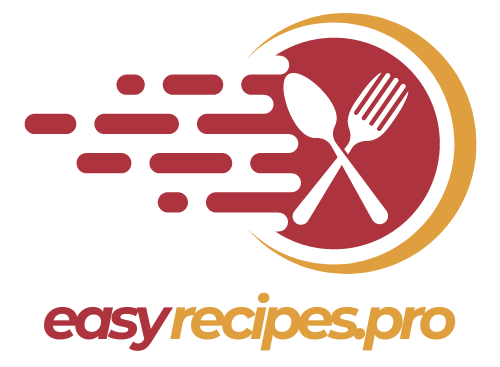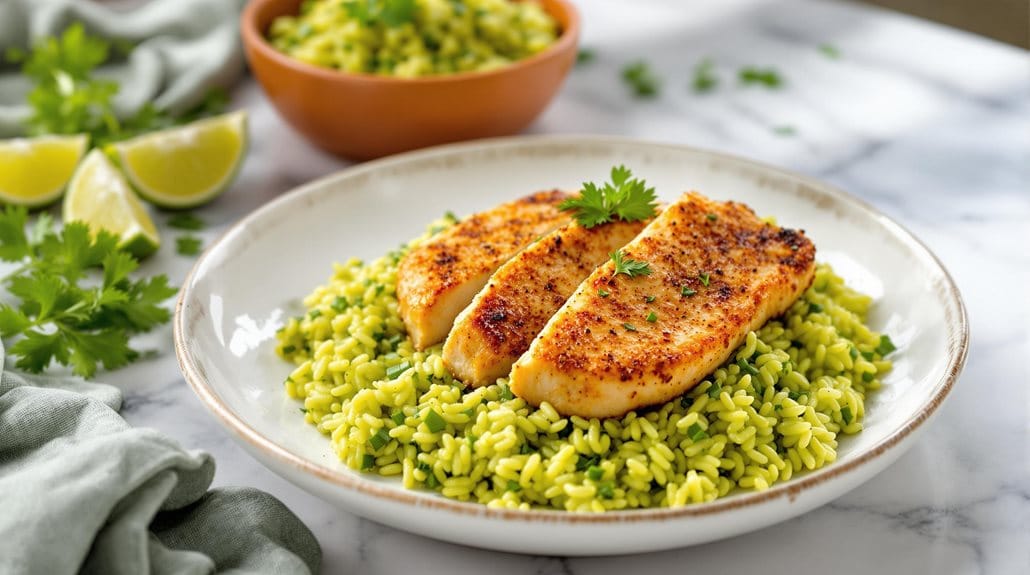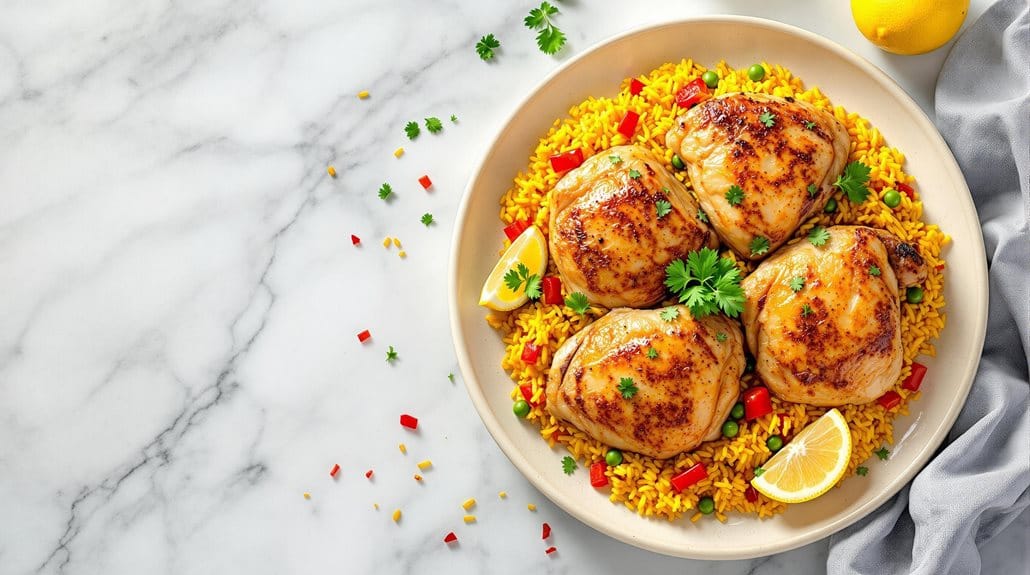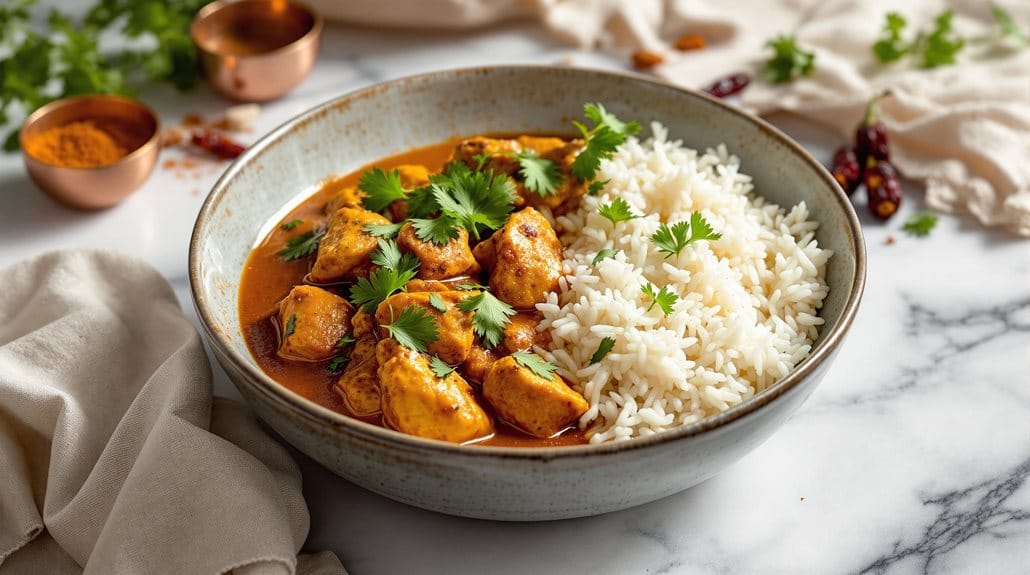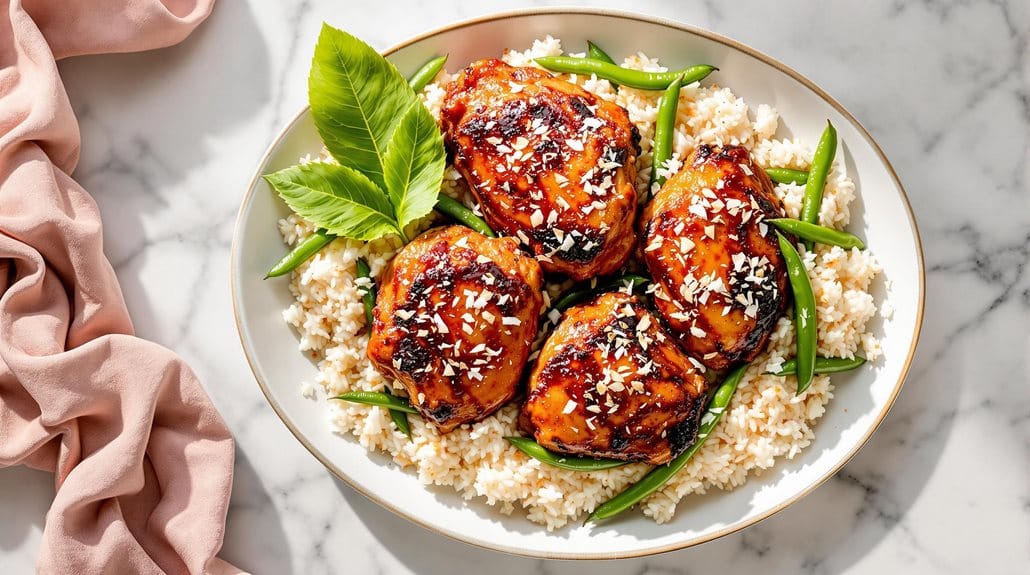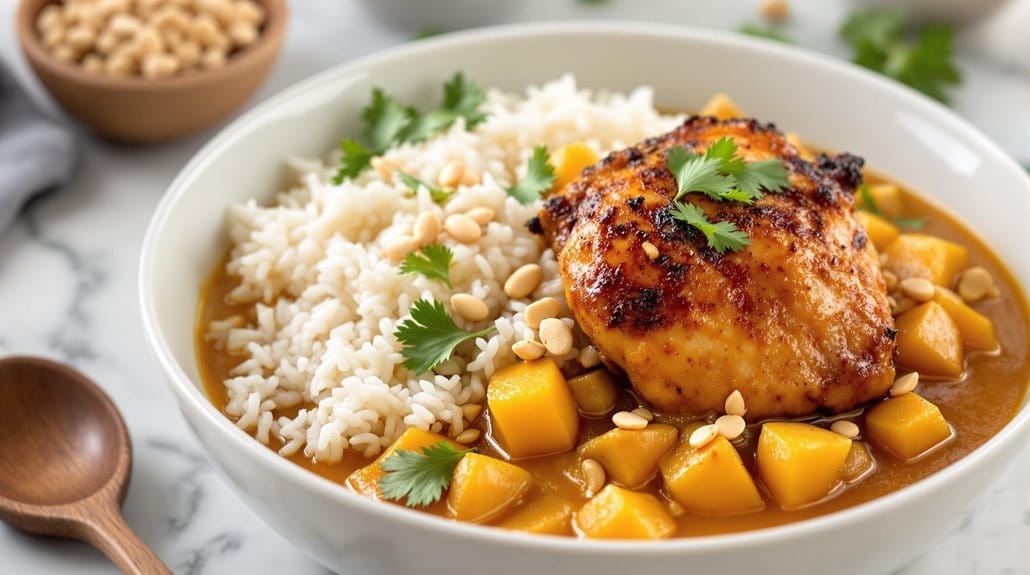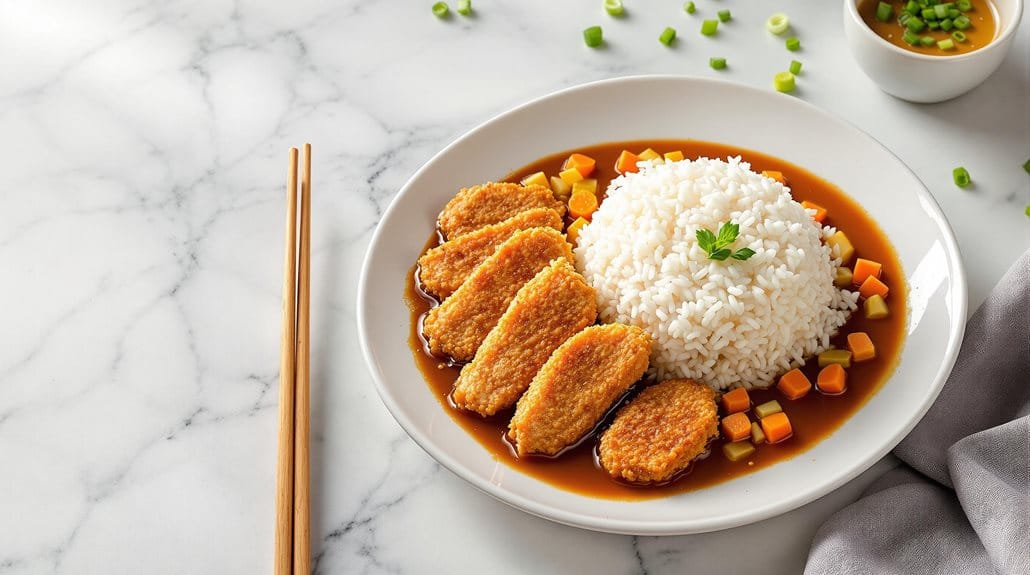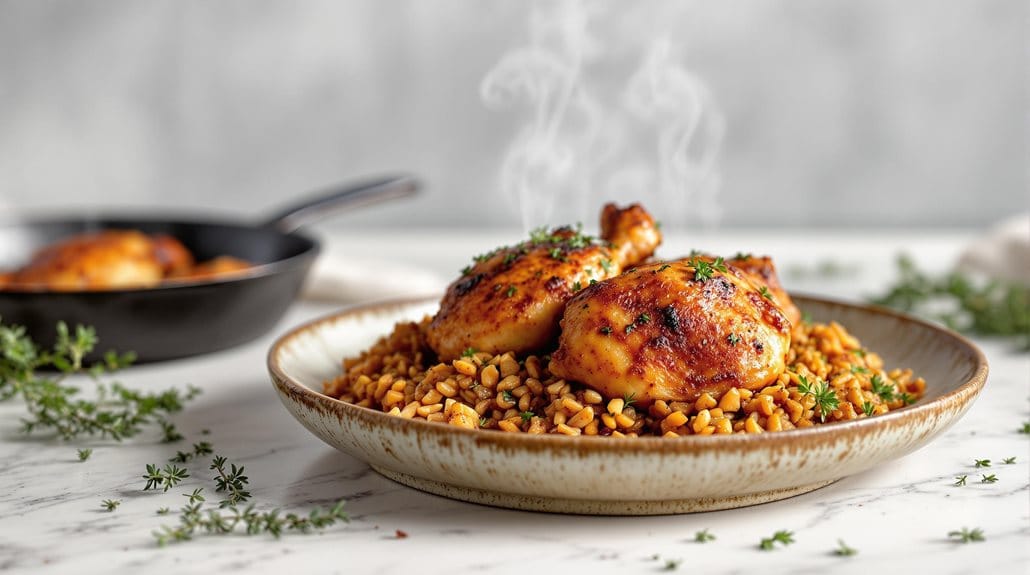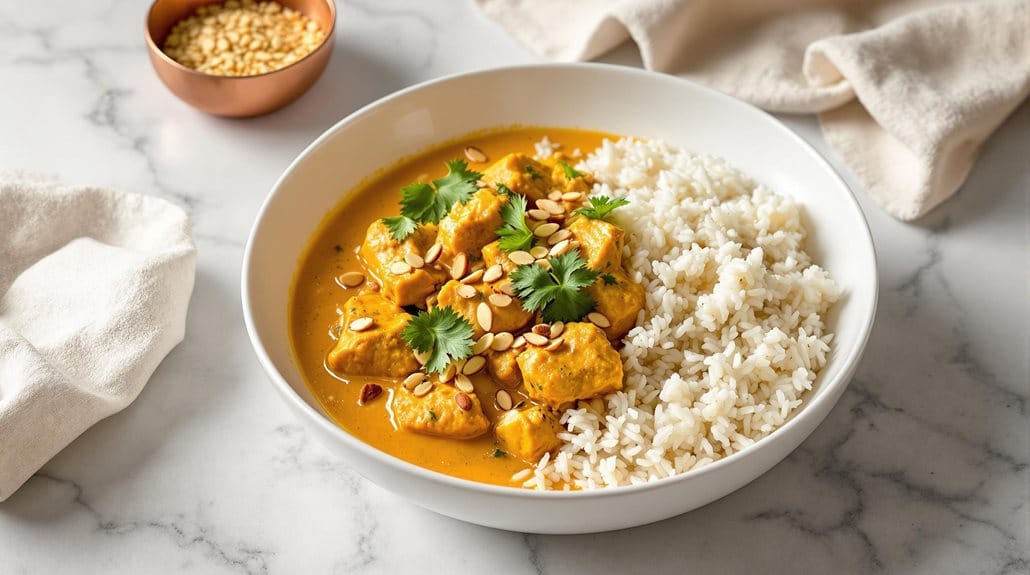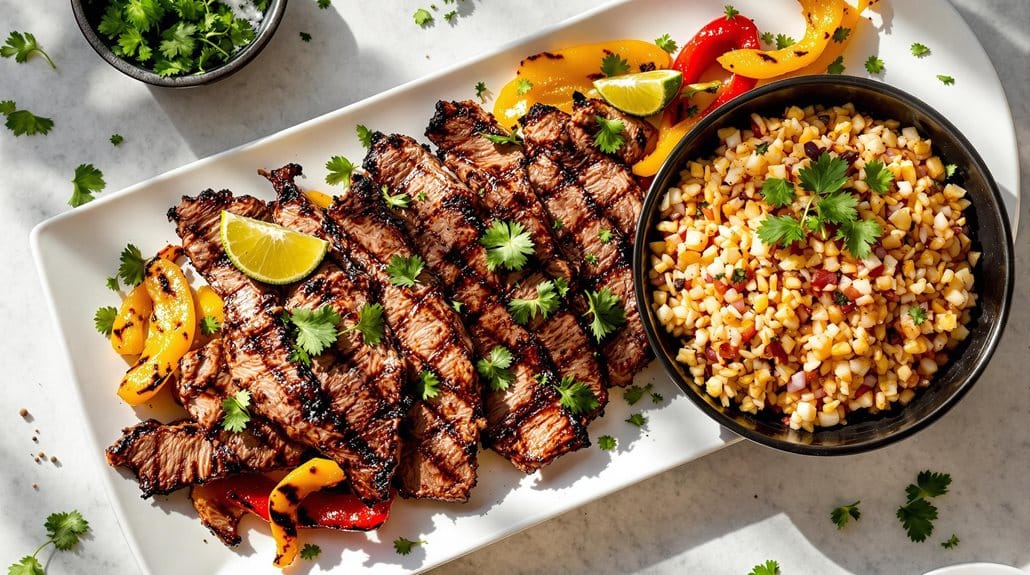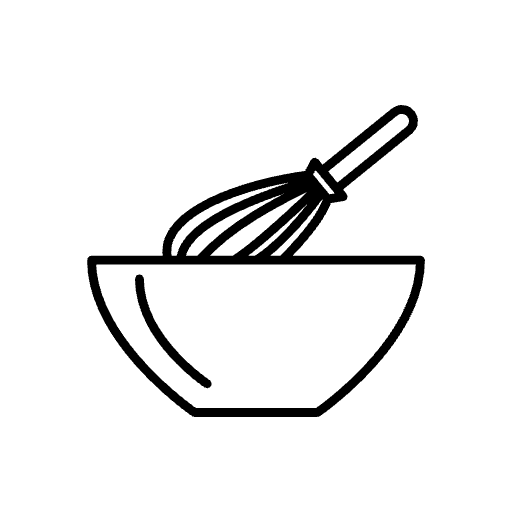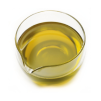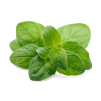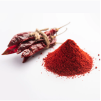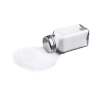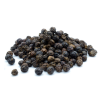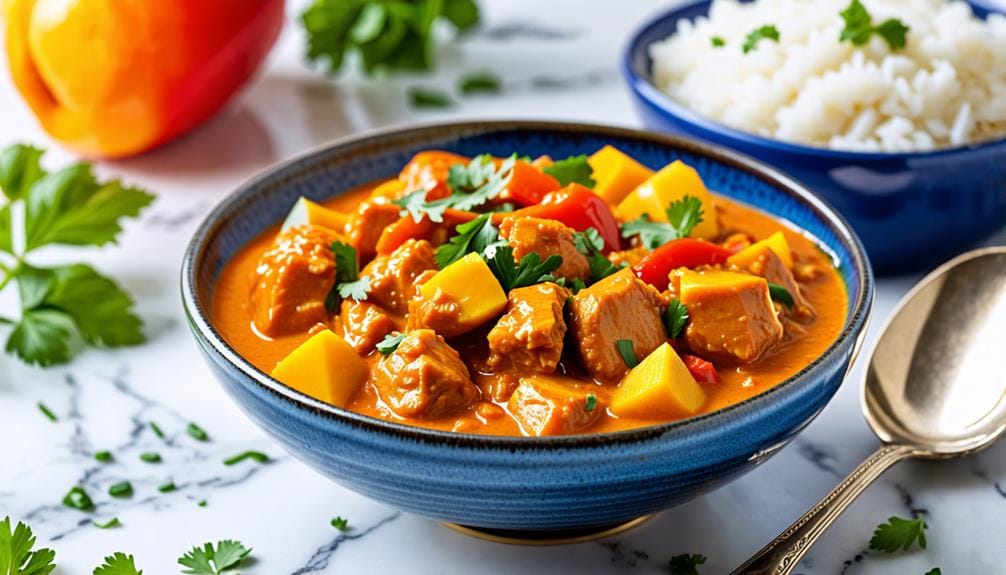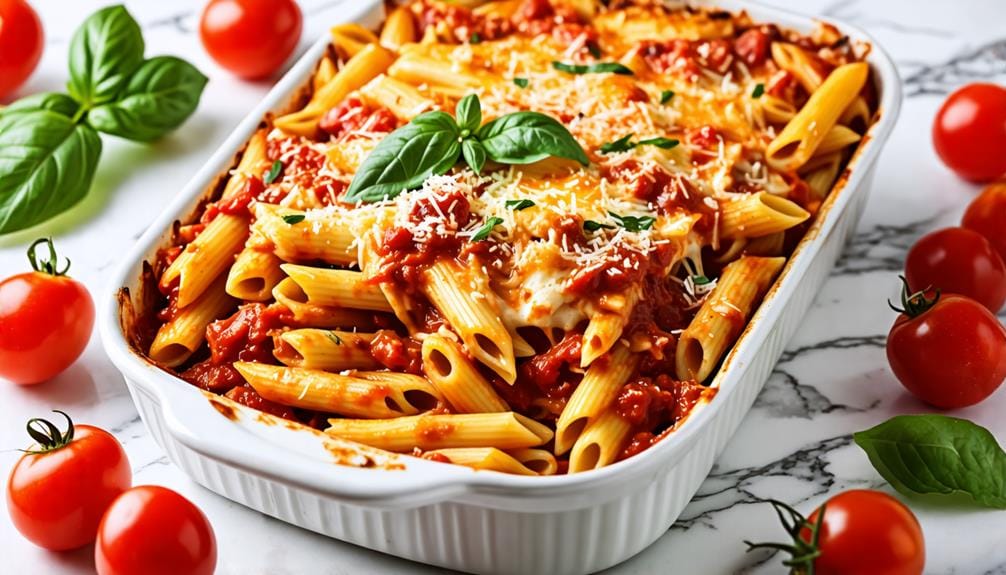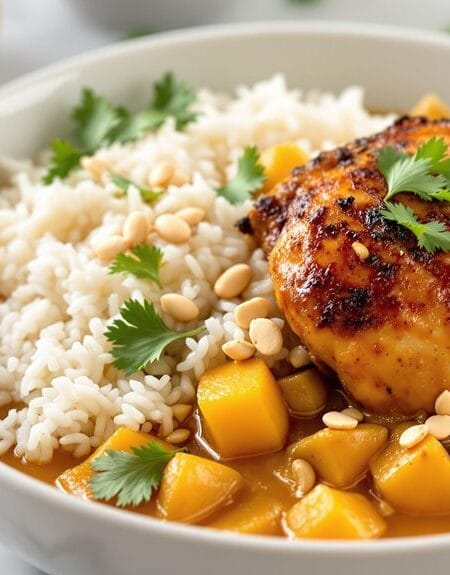| This Mediterranean-inspired salmon and couscous dish comes together in one pot using the Ninja Speedi’s unique dual-cooking zones for perfectly flaky fish and fluffy grains. Perfect for busy weeknights, this nutritious meal delivers restaurant-quality results in under 30 minutes. For the best texture, pat the salmon dry with kitchen paper before cooking and season generously with salt and pepper. |
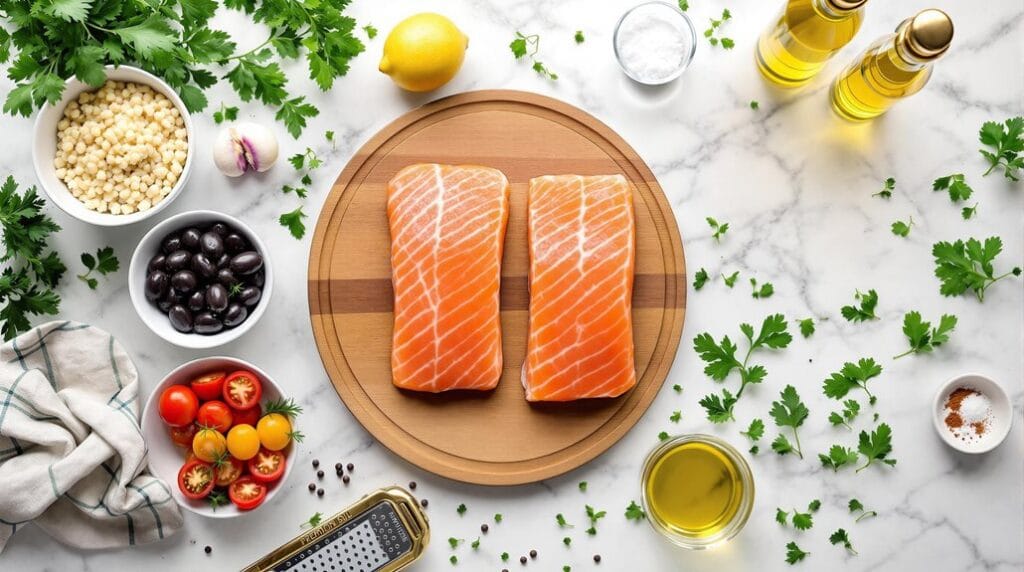
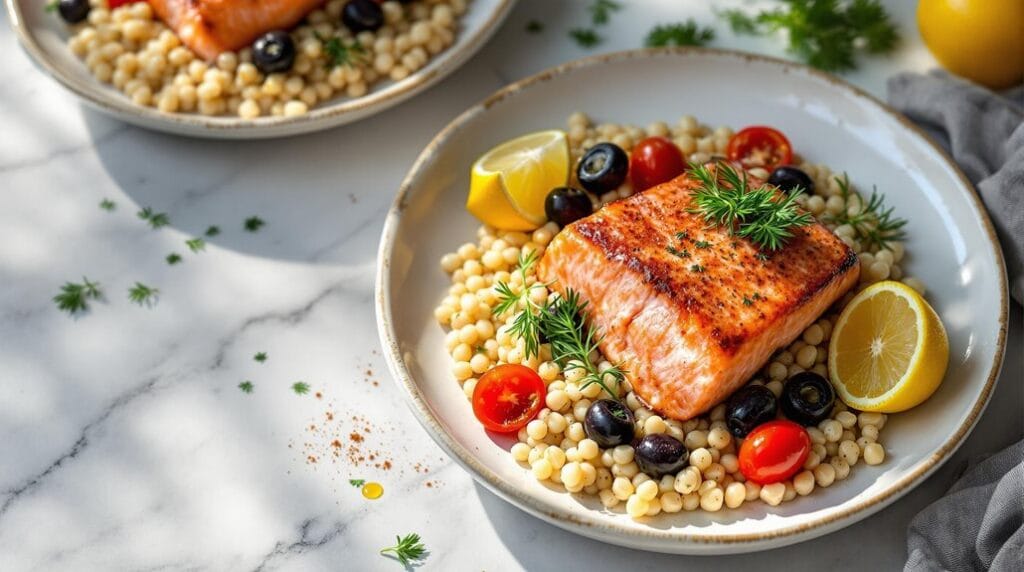
Mediterranean Salmon With Couscous in Ninja Speedi
Description
This vibrant dish combines the rich flavours of Mediterranean cuisine with perfectly cooked salmon and fluffy couscous. The combination of herbs, lemon, and garlic creates a bright, fresh taste that complements the tender fish.
The Ninja Speedi's dual-cooking functionality allows the couscous to steam while the salmon crisps to perfection, making this a quick and efficient one-pot meal that's both healthy and satisfying.
Ingredients
Instructions
Bottom Pot:
- Pour stock into the pot and add couscous.
- Add half the olive oil, half the garlic, and half the herbs.
- Stir in halved tomatoes and olives.
Crisping Tray:
- Pat salmon fillets dry with paper towels.
- Rub with remaining olive oil, garlic, herbs, paprika, salt, and pepper.
- Place skin-side down on the crisping tray.
- Squeeze half the lemon juice over fillets.
Cooking:
- Place loaded crisping tray on top of the pot.
Select Speedi Meals function at 180°C for 15 minutes.
- When cooking completes, rest for 2 minutes before serving.
- Garnish with remaining lemon juice and fresh herbs.
Nutrition Facts
Servings 4
- Amount Per Serving
- Calories 601.15kcal
- % Daily Value *
- Total Fat 23.69g37%
- Saturated Fat 4.69g24%
- Cholesterol 55mg19%
- Sodium 572.86mg24%
- Potassium 682.61mg20%
- Total Carbohydrate 64.94g22%
- Dietary Fiber 5.86g24%
- Sugars 2.03g
- Protein 31.21g63%
- Vitamin A 112.76 IU
- Vitamin C 25.81 mg
- Calcium 78.27 mg
- Iron 3.45 mg
- Vitamin D 11 IU
- Vitamin E 5.48 IU
- Vitamin K 44.93 mcg
- Thiamin 0.36 mg
- Riboflavin 0.24 mg
- Niacin 11.75 mg
- Vitamin B6 0.81 mg
- Folate 56 mcg
- Vitamin B12 3.23 mcg
- Phosphorus 390.93 mg
- Magnesium 73.85 mg
- Zinc 1.23 mg
* Percent Daily Values are based on a 2,000 calorie diet. Your daily value may be higher or lower depending on your calorie needs.
Note
Tips: For best results, verify salmon fillets are similar in thickness for even cooking. If using frozen salmon, thoroughly defrost and pat dry before cooking.
The couscous should absorb most of the liquid, but if it seems too wet, let it stand for an additional 2-3 minutes after cooking. For extra Mediterranean flavour, consider adding crumbled feta cheese when serving.
